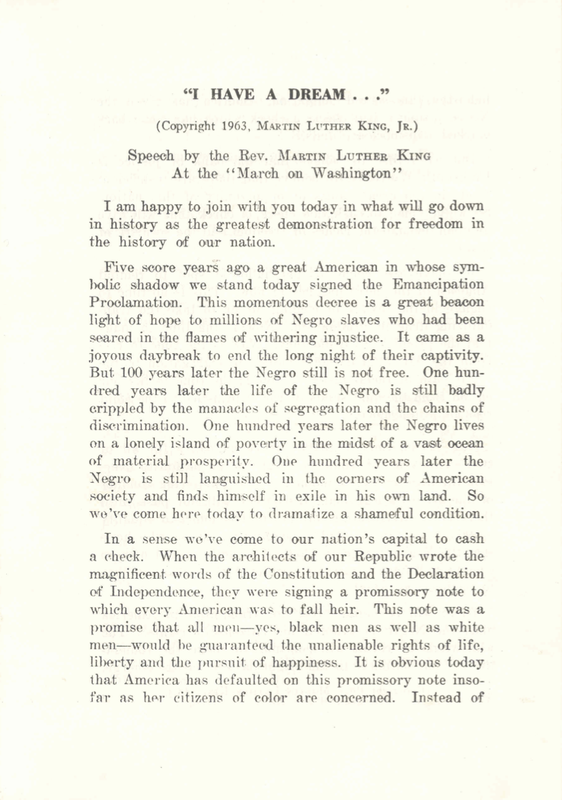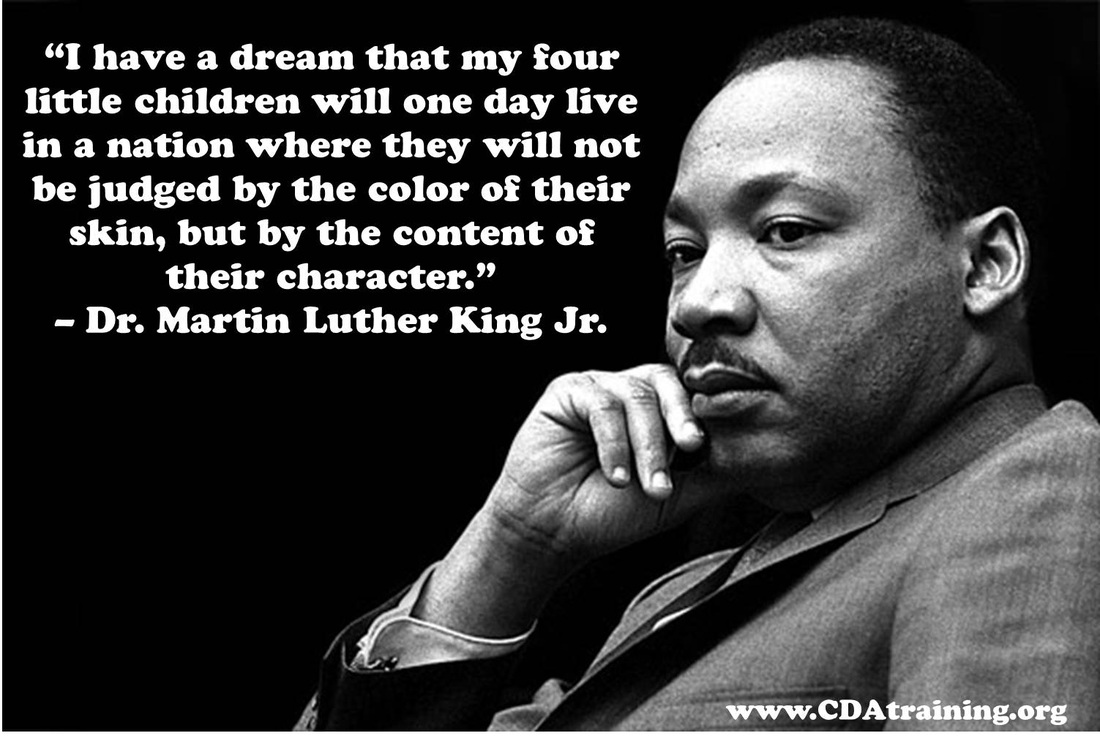

In 1941, organizers were planning a march to demand desegregation in the U.S.

It also wasn’t the first threatened March on Washington by civil rights leaders. The organizers didn’t agree on all the issues, either, but they did agree that people should march together at the event.Ĥ.

Prominent objectors included Malcolm X and Strom Thurmond. The March was not universally supported by activists. Kennedy signaled his approval publicly in July when he was assured it would be a peaceful event.ģ. Kennedy met with civil rights leaders such as King, Roy Wilkins, Whitney Young and student leader John Lewis about a proposed march. Marches had been proposed before the Kennedy speech and Evers’ killing, but the events forced the issue. That same night, NAACP leader Medgar Evers was murdered in Mississippi.Ģ. Kennedy made a nationally televised address calling for a drive for more civil rights. The official event was called the “March on Washington for Jobs and Freedom.” On June 11, 1963, President John F. Here are 10 facts about the march and the events that led to the speech.ġ. The speech was delivered to an estimated 250,000 people who came to Washington, D.C., on August 28, 1963 to march for civil rights. Link: Full Speech from the National Archives So how much do you know about the speech and the events that led up to it? Now is the time to make justice a reality for all of God’s children.It was on this day in 1963 that Martin Luther King, Jr., gave his famous “I Have A Dream” speech as part of the March on Washington.

Now is the time to lift our nation from the quicksands of racial injustice to the solid rock of brotherhood. Now is the time to rise from the dark and desolate valley of segregation to the sunlit path of racial justice. Now is the time to make real the promises of democracy. This is no time to engage in the luxury of cooling off or to take the tranquilizing drug of gradualism. We have also come to this hallowed spot to remind America of the fierce urgency of now. So we have come to cash this check - a check that will give us upon demand the riches of freedom and the security of justice. We refuse to believe that there are insufficient funds in the great vaults of opportunity of this nation. Instead of honoring this sacred obligation, America has given the Negro people a bad check, a check which has come back marked “insufficient funds.” But we refuse to believe that the bank of justice is bankrupt. It is obvious today that America has defaulted on this promissory note insofar as her citizens of color are concerned.


 0 kommentar(er)
0 kommentar(er)
